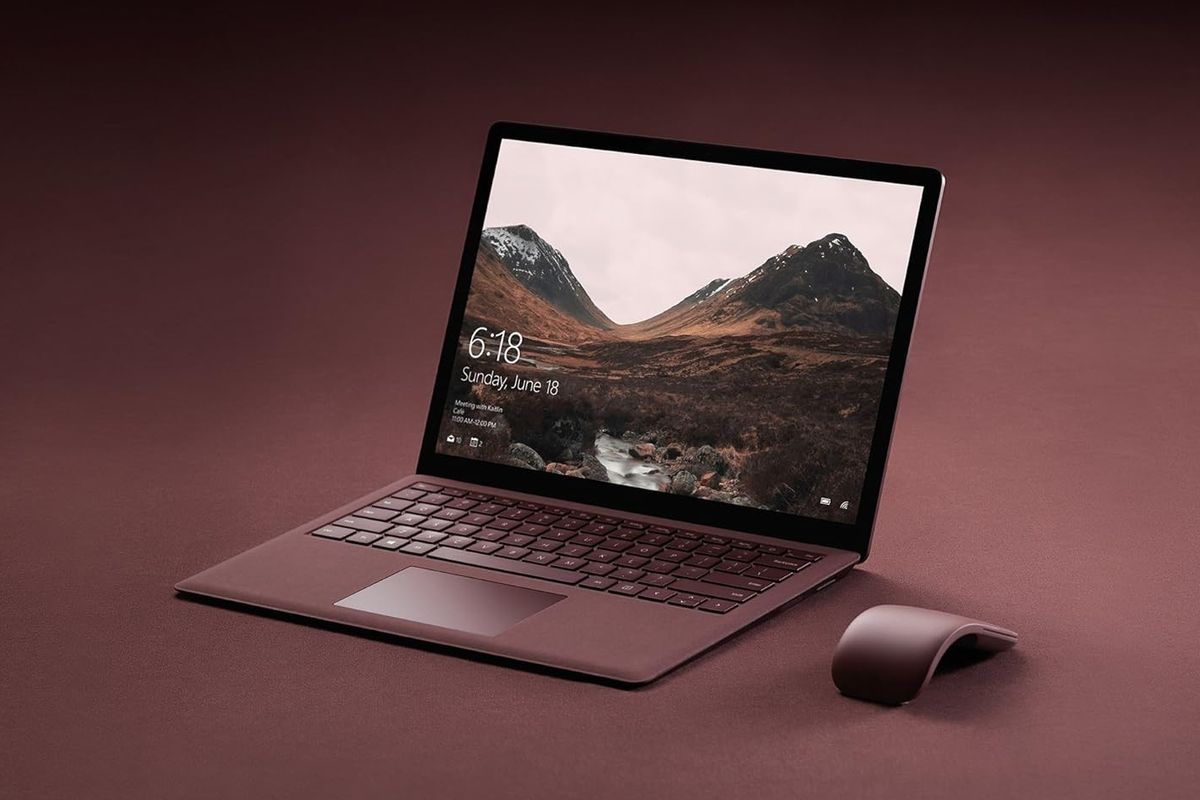Microsoft has shuttered support for the penultimate version of Windows 10 for its loyal enterprise and education customers, leaving only one variant of the desktop operating system
UNSPLASH
Education and business customers left with a single version of Windows 10
- Microsoft will end support for Windows 10 Version 21H2 on June 11, 2024
- It leaves just one version of Windows 10 that's still supported by Microsoft
- The US firm is encouraging enterprise and education customers to upgrade
Don't Miss
Most Read
Latest
Microsoft is cautioning education and business users that Windows 10 Version 21H2 — first released on November 16, 2021 — will lose support on June 11, 2024. From that date, Microsoft will no longer issue critical patches to fix known vulnerabilities, rectify glitches, or launch new features.
If you’re still running that version of Windows 10 on June 12, your laptop or desktop PC will be vulnerable to hackers and other threats ...and Microsoft will not do anything to help the situation.
Microsoft already ended support for the consumer edition of Windows 10 Version 21H2 back in June 2023. However, customers who buy commercial editions of the software are allowed an extra year to update their entire fleet of PCs to the next version of the software.

Windows 10, pictured running on a Surface Laptop designed and built by Microsoft, rolled out worldwide back in the summer of 2015
MICROSOFT PRESS OFFICE
The announcement means there’s just a single version of Windows 10 that’s actively supported by teams at Microsoft. Windows 10 Version 22H2, first released in October 2022, is set to reach its end of life in October 2025. That deadline will see the end of support for Windows 10 for consumers as well as education and enterprise customers.
Yes, despite over 50% of all Windows-powered PCs still relying on Windows 10, Microsoft plans to halt support for the desktop operating system, leaving millions without new features, critical security patches, and updates for glitches — unless you’re willing to pay.
Yes, Microsoft has already announced plans to extend security support for three years at a cost. Known as the Extended Security Updates (ESU) plan for Windows 10, this is usually only reserved for education and enterprise customers but will be extended to consumers for the first time.
Microsoft describes the optional subscription as “a last resort option for customers who need to run certain legacy Microsoft products past the end of support.” If you’re subscribed to Extended Security Updates, you’ll continue to receive important security updates and emergency bug fixes.
There’s currently no word on exactly how much the Extended Security Updates plan will cost for Windows 10 users. However, with previous versions of Windows, Microsoft has increased the cost of its extended support each year to encourage users to upgrade.
When an ESU plan was introduced for Windows 7, Microsoft charged £9.57 for the first year, rising to £19.15 in the second year. That cost is per device, so things can become pretty pricey if you have a few devices (laptop, desktop PC, tablet) that you don’t fancy upgrading to Windows 11.
Of course, not everyone can upgrade to Windows 11 due to strict minimum system requirements introduced with the launch of the desktop operating system. For those trapped on Windows 10, Google has offered a lifeline by allowing Windows 10-powered PCs to be converted to ChromeOS free of charge.
LATEST DEVELOPMENTS
- Major agreement reached with BT to protect millions in UK landline switch-off
- BBC iPlayer now blocks downloads on Windows and Mac laptops
- Hackers hijack over 15,000 Roku accounts and spend on stolen credit cards
With the announcement of the end of support for Windows 10 Version 21H2 for all education and business users, Microsoft once again tried to encourage users to turn their backs on Windows 10 — an operating system that’s fast approaching its tenth anniversary — and switch to Windows 11.
In a new support document shared online, it told customers: “These editions will no longer receive security updates after June 11, 2024.
"Customers who contact Microsoft Support after this date will be directed to update their device to the latest version of Windows 10 or upgrade to Windows 11 to remain supported.”
As for Windows 11, Microsoft has started to force laptops and desktop PCs to upgrade to the latest version of the operating system. Even if you don’t want the next iteration of the software, it will be installed automatically overnight to ensure your machine receives critical patches from Microsoft.













